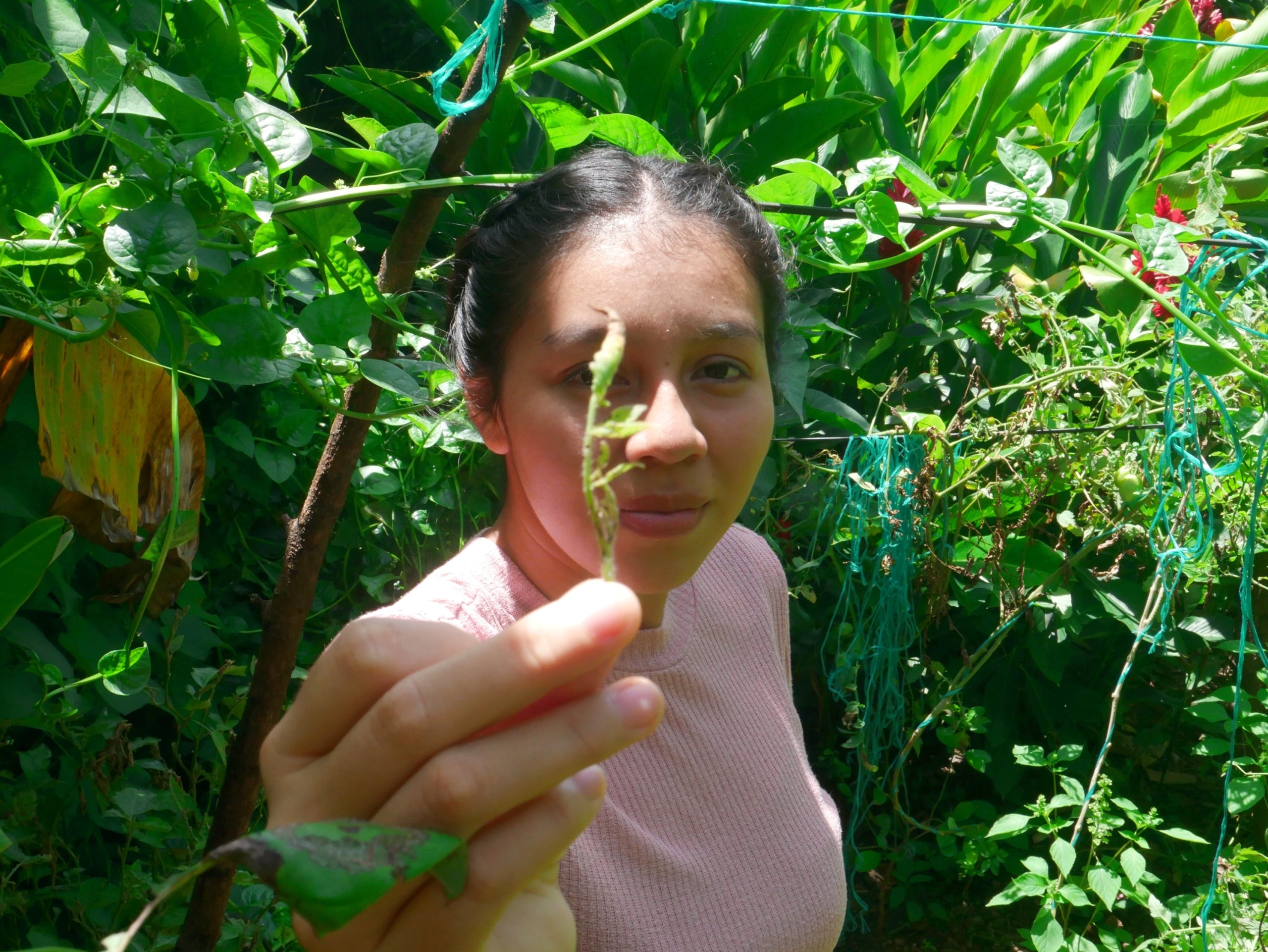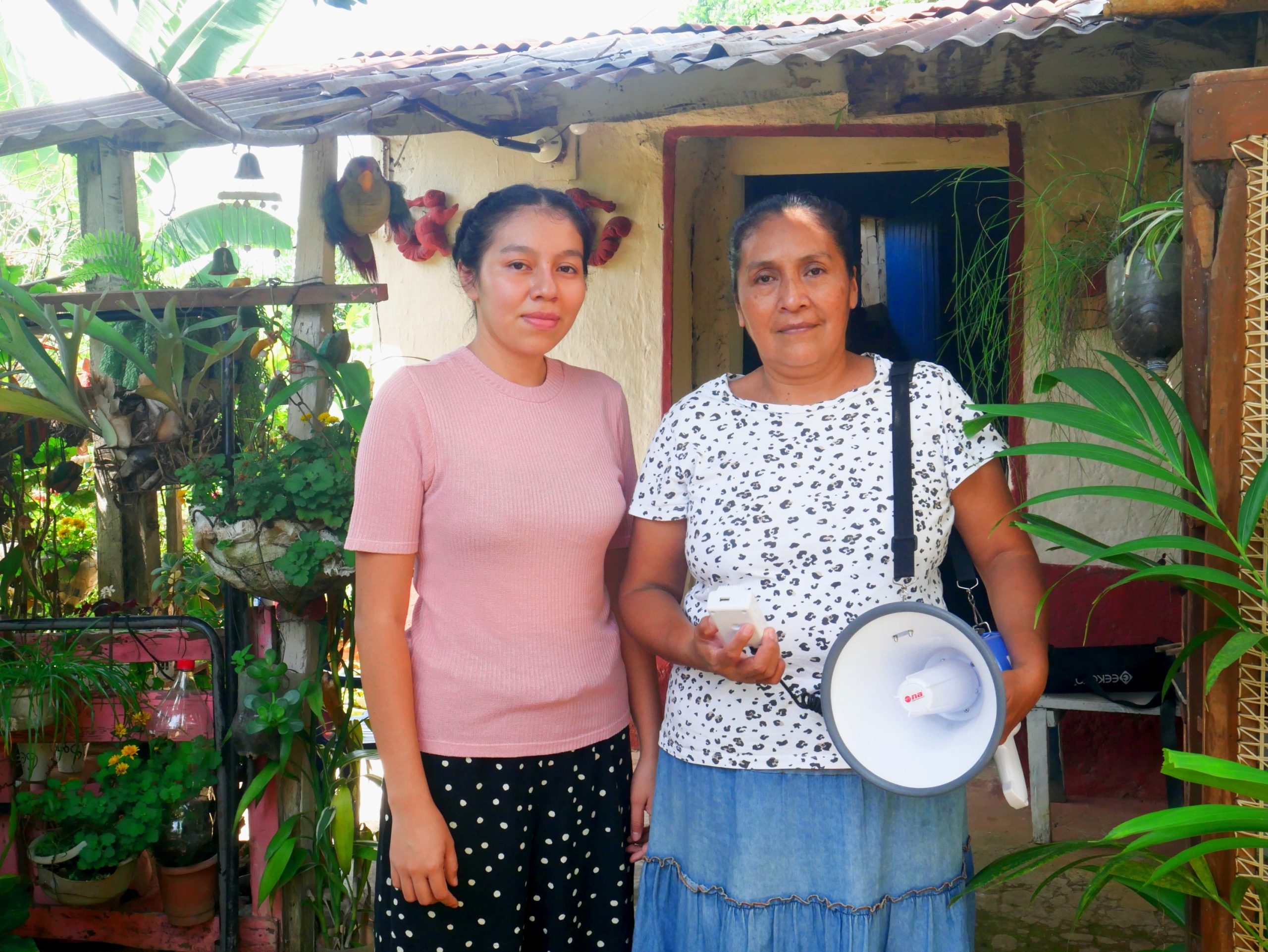A rural community in El Salvador explains how it has improved nutrition in the face of the food shortage it faces, in this video created by Proyecto Lava with one of the grants from the Central America 2024 Call from the Fund for Solutions Journalism in Latin America, a initiative of El Colectivo 506. The work of journalist Michelle Rivera was published by Proyecto Lava on Nov. 6, 2024, and has been adapted here for co-publication.
In El Salvador, 74.7% of rural households depend on corn and beans for their meals, according to a study on the Food Gap and Climate Change by the country’s Central Reserve Bank (BCR). But a community garden and Bluetooth-controlled radio allowed the community of Santa Ercila , in Ahuachapán, to incorporate fruits and vegetables into their meals.
“The diet has always consisted of rice, beans, eggs and homemade soups, but since we started participating in the community garden project, we were motivated to incorporate more vegetables into our diet,” explains Emely Mendoza, a member of the community garden project. This initiative was carried out by Las Gardenias, an association that, with the help of an agronomist, trained approximately 178 women from 15 communities in the department of Ahuachapán.
In December 2023, planting began on land lent to the association by a colleague. Produce was harvested in April 2024. Although the results were small—10 boxes of tomatoes, 10 cabbages, five lettuces and five cilantro rolls—it was proof of that participants can organize, save and eat better together.
Harvesting in a community garden brings benefits to family economies as well, since the price of the basic rural basket—the set of essential items used as a cost metric—has been increasing in recent years. In October 2021, it cost $153.55; in October of this year, the price was around $176.21, while the minimum wage in the agriculture sector is $243.45 to $277.66.
Nutritionist Johanna Aquino explains that inadequate consumption of fruits and vegetables can lead to problems such as lack of energy, digestive issues, bloating and constipation—as well as nutritional deficiencies such as anemia, poor bone health, and immune system insufficiencies.
This small initiative has had its challenges. They do not have their own land to plant on, and say that they have seen little government interest in supporting agriculture. Despite this, the women of the community hope to start the next harvest in January of next year and continue training women: “so that our group can grow and they can make a difference in their home,” says Silvia Herrera. She learned to grow her food in the community garden.
As they wait for the next planting season, the women are raising chickens together on their borrowed land. During the next harvest, they hope to produce more for their families. For now, they have discovered that it is possible to expand their diet through collective work.






